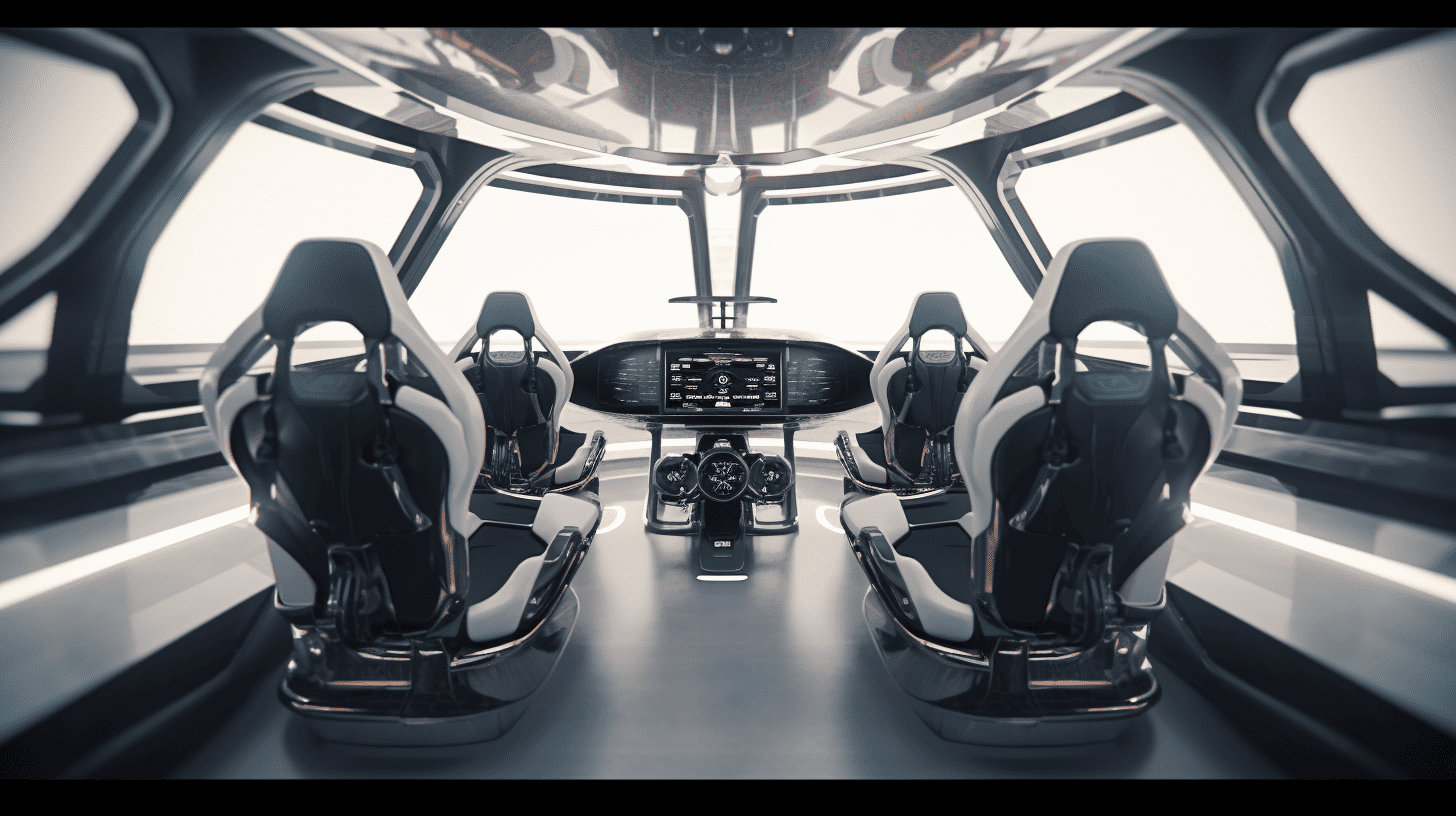
In the comments on innovations and new developments, but also on vehicles considered politically incorrect in certain circles, one often finds a small but subtle phrase: “Who needs that?”.
One could argue eloquently about many things on our planet, and as many things are in fact hardly needed. Diseases, poverty, environmental pollution, and wars, to name just a few. But this is about something else. About innovations.
My license, my car, my road
Opinions are divided on the subject of autonomous driving. In science fiction novels of the early 20th century, cars drove autonomously (even in the air). In numerous science fiction movies, protagonists entertain themselves in cars that drive from A to B completely autonomously. And in many books about the bright future of mankind, the car of the future also travels completely autonomously.
The meaning of individual transportation does not lie – as philosophically exaggerated and attributed to Confucius so far – in the sentence “the way is the goal” but in arriving where one wants to go. In the meantime, one would prefer to occupy oneself with other things. With the smartphone, with a book (ah, unfortunately, less nowadays), videogames, or with streaming video. Because actually, driving a car is lost time when you’re behind the wheel. Unless you’re on the run – an action movie in which autonomous cars engage in car chases is rather unlikely.
Nonsense
Of course, from today’s perspective, this is nonsense. Most drivers love their cars, which are not only a status symbol but also an expression of freedom. The freedom to rush over winding country roads and to show the vehicle or the following where the hammer hangs. Sporty driving, in other words.
There is no room for a robot that controls the car and is possibly safer on the road than you are. And that already explains perfectly why most people answer with the sentence: “Who needs that?”
Safety and traffic flow
However, the picture will change completely in 10-15 years. Then the “human-piloted car” will be a dying species. The cars, which will be environmentally friendly and drive autonomously, will pick up their passengers at the right time, take them from A to B, and then leave again. In cities, the vehicles, if they are still privately owned, will independently search for a parking space with a charging point (either with a robot hand or induction), and automatically start the charging process. In homes, the car, controlled by AI, will help stabilize the power grid where V2G or V2H capabilities are deployed when needed.
Via smartphone, the car can be summoned to any location. Drunk driving will then have lost relevance. The passenger, however, will still have to unfold the vomit bag themselves.
Utopia?
In addition, many research institutes that study future traffic expect the sheer number of cars to decrease drastically, even if traffic will remain more or less constant. Why? Because the cars that can be publicly booked will be idle less and in constant use.
A brave new world?
For many, this utopia is likely to become more of a dystopia because, with autonomous driving, you relinquish power to the vehicle. You place yourself in the care of a machine. Ethical and philosophical questions then gain urgency. Who is to blame in the event of an accident? How does it behave when an autonomous and a classic vehicle are involved in an accident? How does the AI decide in the case of a forced event when an accident endangers one or more human lives, depending on the reaction?
The future will be exciting; that much is certain. Whether European OEMs will continue to rank in the top league in this regard, however, is questionable. Europe tends to nip everything in the bud with countless questions and fears while global competition is making giant strides toward its goals. This brings us back to the question, but this time about European regulatory hysteria: “Who needs it?”

